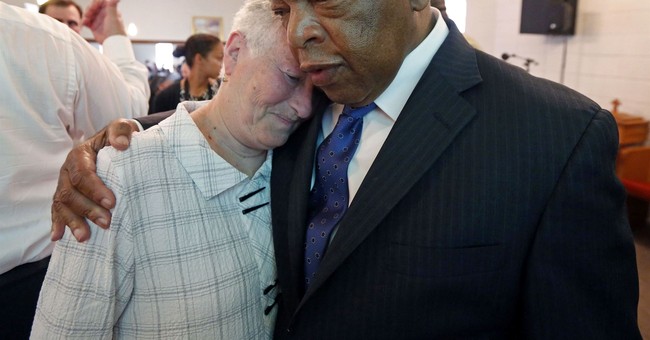
During the news of the passing of two icons from the Civil Rights Movement of the 20th Century – Congressman John Lewis and the Rev. C. T. Vivian – I had a chance to observe some of the thoughts that Americans were sharing concerning the news.
Two of my peeps (including one of my RED + BLACK co-hosts) started a brief but significant conversation:
Who will fill the vacuum left by the Civil Rights Leaders?
— Felecia Killings🔥Conscious Black Conservative (@CoachFelecia) July 18, 2020
Do we need civil rights leaders anymore? https://t.co/WSZaTceBP8
— Jeff Charles, Wielder Of Fascist GIFs (@JeffOnTheRight) July 18, 2020
Who would you consider the most recent “good” civil rights leader?
— Wally Busch (@walleyeb1) July 18, 2020
Nobody.
— Jeff Charles, Wielder Of Fascist GIFs (@JeffOnTheRight) July 18, 2020
It made me think, as we move through this Civil Rights Movement. It prompted other questions.
Has the definition of “civil rights” changed? In some regards, yes, while in others, not so much. Yet, it all remains rooted in the Constitution.
Have some of the targets for “civil rights” changed? Yes. 4 years ago, we had an African-American man for a two-term president. Access to public facilities and representation in some circles of power are not as difficult as they once were. Yet, separate yet unequal and American segregation (whether it is de facto or deliberate) is still a problem.
Are we still dealing with racial tensions and division in America? In 2020 – and, quite honestly, during the Era of Obama and through the Age of Trump — that is a question that has been resoundingly answering with an emphatic “yes”.
So, do we need new civil rights leaders? Absolutely. Yet, they may not look nor sound the way to which we are accustomed.
The definition and goals of this current civil rights movement are guided by the contemporary issues that we face, even if those issues have ties to legacy problems. Some things have not changed. The fight for access to opportunity and equality empowered by the Bill of Rights remains. Now, it is not just for African-Americans, but for Latino-Americans, rural Americans, and the chronically poor as well. As “the browning of America” continues towards minority-majority status as of 2045, people of color remain behind (and often with widening gaps) on wealth attainment, employment, and other quality-of-life factors (including healthcare). White supremacist groups are having a resurgence in activity and public media attention. Americans are much more inclined to only live around and interact with those who share their most “hot-button” views, thanks to political gerrymandering and societal tensions over the years. As a result, the full strength of a global leader remains stymied due to domestic failures to unite through diversity.
Goals such as equal access to quality education and equal enjoyment of constitutional rights remain, but with new twists. For example, issues within education have nothing to do with Jim Crow-mandated school assignments and lack of resources pre-Brown v. Board of Education. However, the Jim Crow-influenced practice of redlining still impacts the pathways through which most children attend public schools. Thus, school choice – with its high affinity of support with Black communities and expanded range of viable options for families to find academic success – is a civil rights agenda item that was mostly unthinkable 60-70 years ago. Just the same, many of the challenges coming from the police/community tensions over the past several years from Pittsburgh to California happen not under the evil eye of Bull Connor, but often in cities with both Black police chiefs and Black mayors.
There is still much to address in America concerning civil rights and equality. We need new leaders who can help us get to that point of homeostatic equality. Yet, the civil rights leaders that we need today must be more than just activists who organize or ministers who morally convict.
The civil rights leaders for today must understand the inner wrestling that many have between wanting to “be on the right side of history” on issues of race while also pushing for advancements for their families during hard economic times – even when those protesting and those protested-against are minorities. The forgotten Irish-American in rural Pennsylvania and the discriminated-against African-American in the Paris of Appalachia are kin in more ways than they often imagine, left behind in a global economy that shipped blue-collar jobs away decades ago. The civil rights leaders of today must understand and address this.
The civil rights leaders of today must be students of history without being completely beholden to or limited in scope and action by history. The arcs of history and society bend to the will of the people and the needs of a nation, thus forming new alliances that are meaningful and ground-breaking with each step into the future. President Lyndon Johnson was a Southerner who became the signer of historic civil rights legislation. “Law and Order” candidate President Nixon signed historic affirmative action legislation into law. A re-calibration of alliances – sometimes on an issue-by-issue basis – must be a viewpoint held by new civil rights leaders of today. Very rarely in today’s modern political dynamic are there fool-proof “boogeymen” that are vilified throughout. Education has shown this to be a good example, as the Trump Administration has been an advocate for Black education in ways that President Obama’s cuts to HBCUs, school choice in Washington, and Pell Grants were not.
The civil rights leaders that are required during this time of turmoil must be capable of leading, healing, legislating, communicating, and uniting. In this mishmash of segregated diversity that is modern America, these leaders must have the innate and genuine love for all aspects of our nation, the joy of interaction with a diversity of Americans, the skill to highlight commonalities between us, and form bonds that bridge us all to better days ahead. It will take much more than speeches, rallying points to rile up one’s “base”, and snarky point/counter-point interactions. It will take ten times more work away from cameras and microphones than it will ever take when the microphones are hot and the red light is on. It will take capabilities to pull the widening corners of the nation closer together again in a time when most leaders find their personal successes in the continued demonization of other Americans.
The civil rights leaders that are required during this Civil Rights Movement must take all of this on directly – regardless of their color or creed – with an understanding that the power of the Constitution means more than any character or conflict could yield in our contemporary times. Are there people out there in America – regardless of their color or creed – who fit that mold? Some say yes, some say no, but all I know is that there is sorely a need for them today.
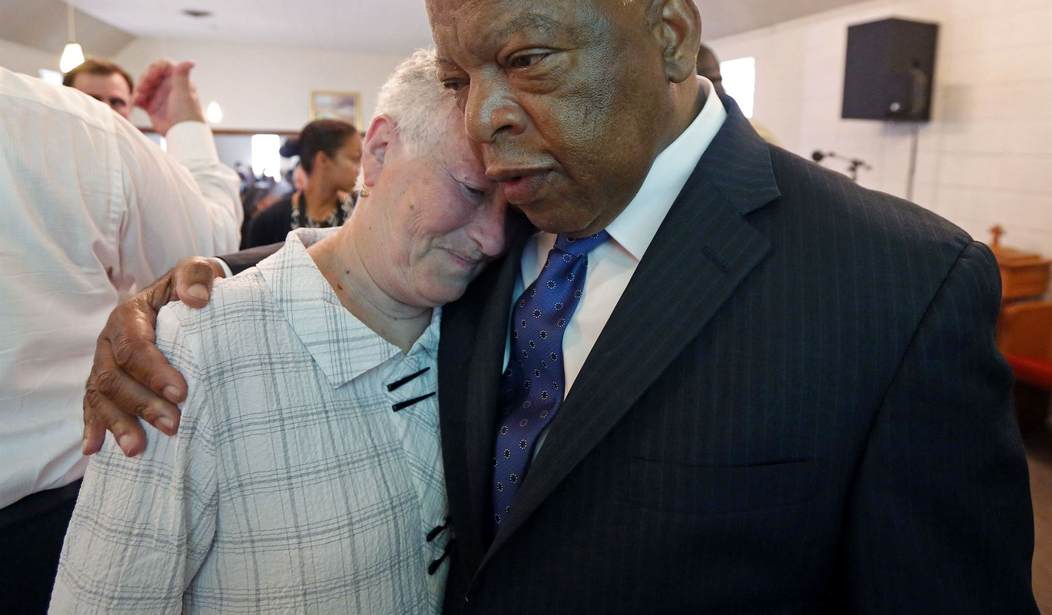
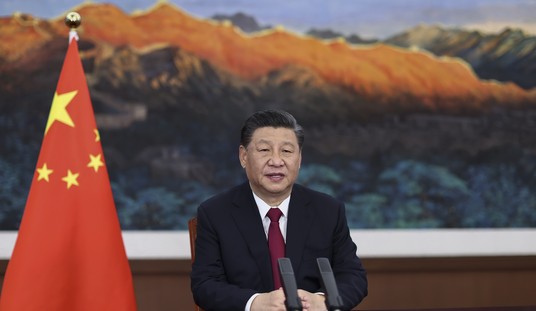

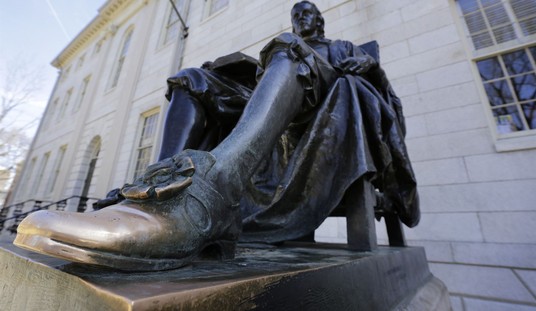



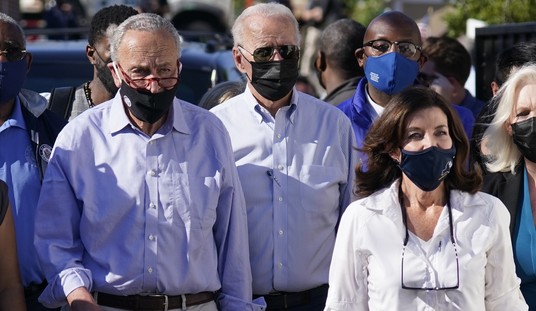


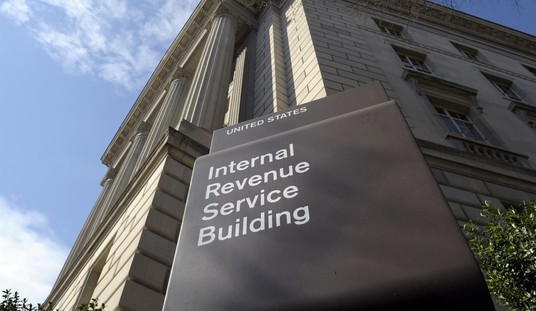
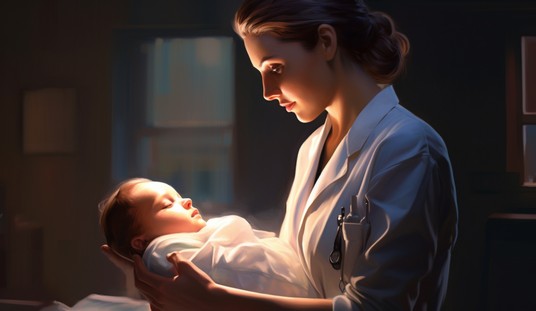
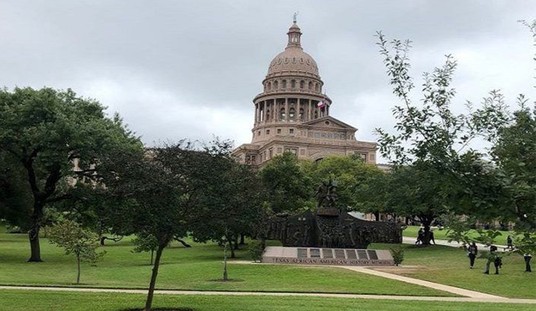
Join the conversation as a VIP Member